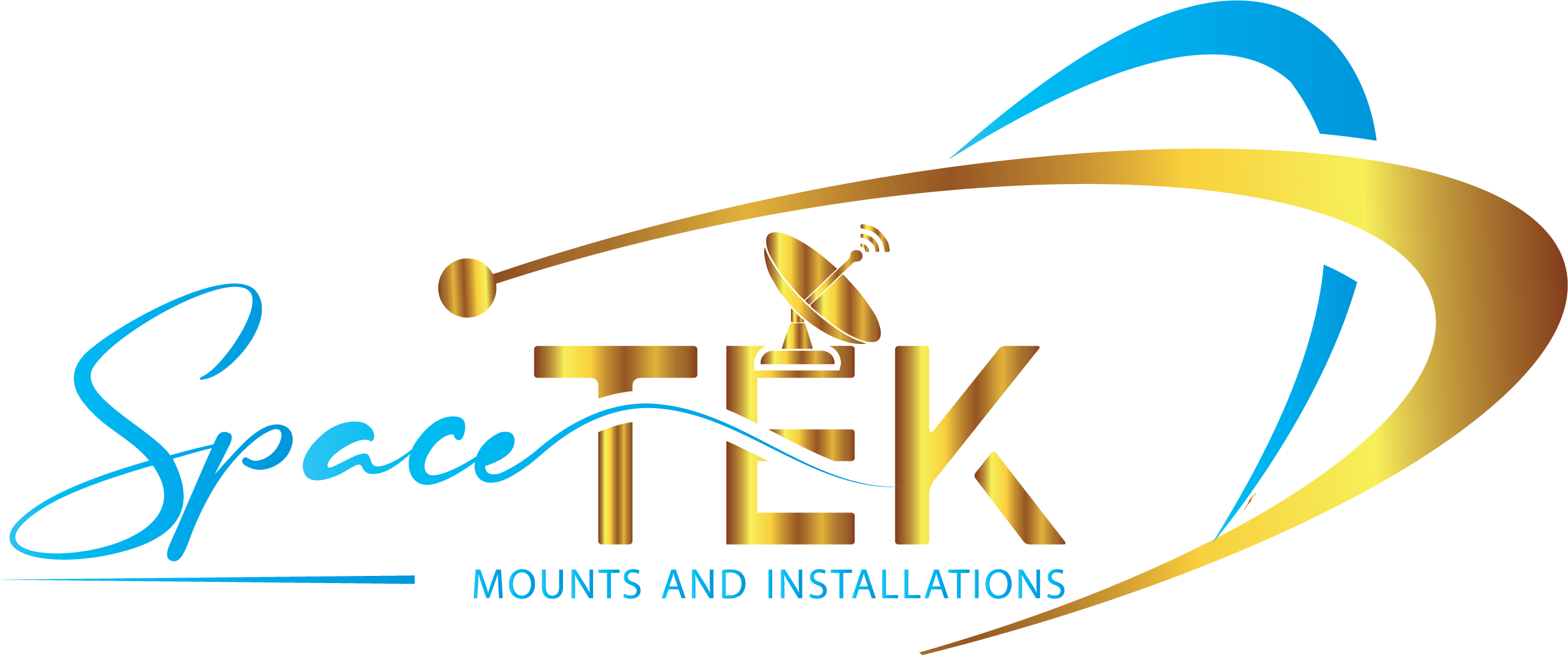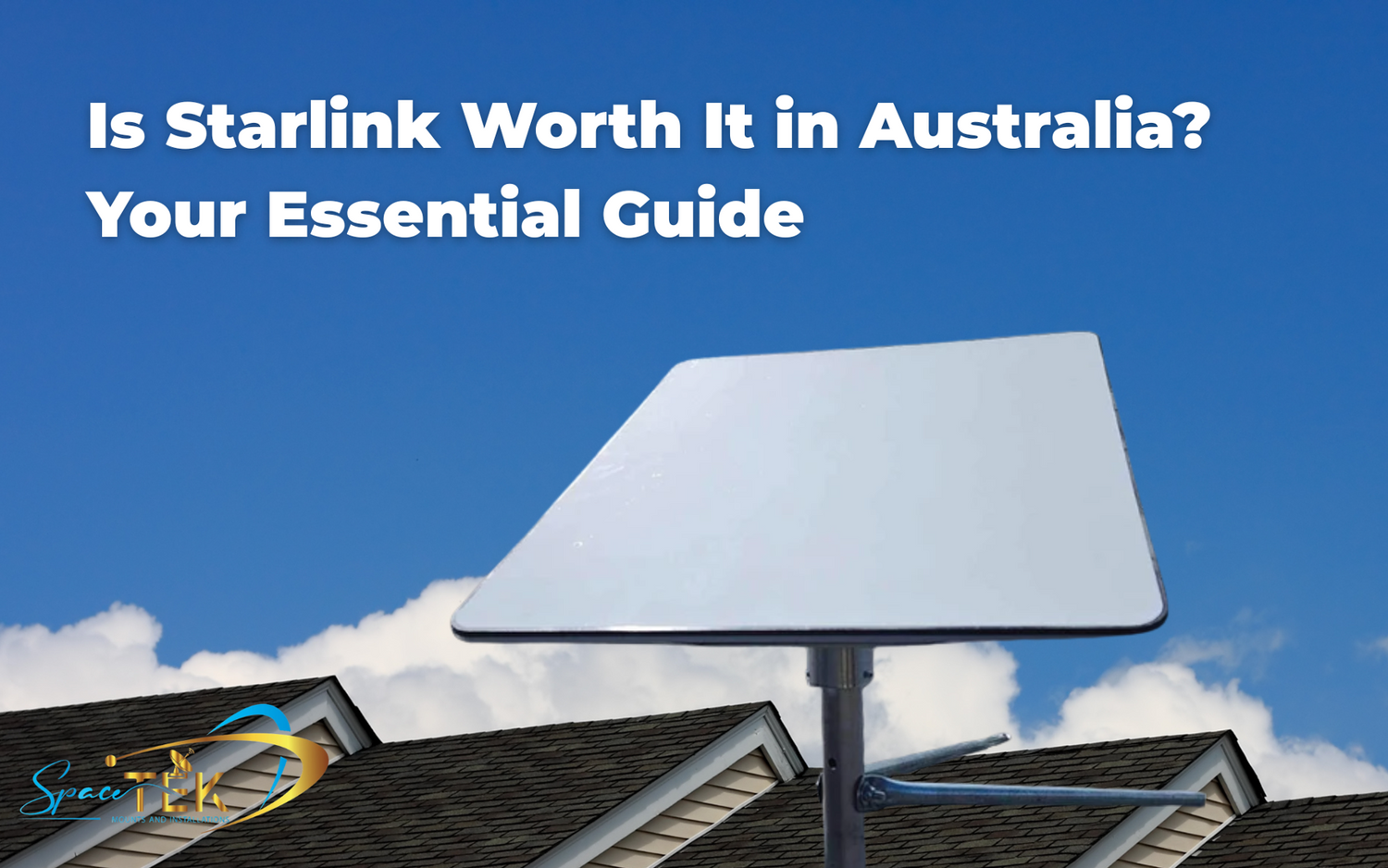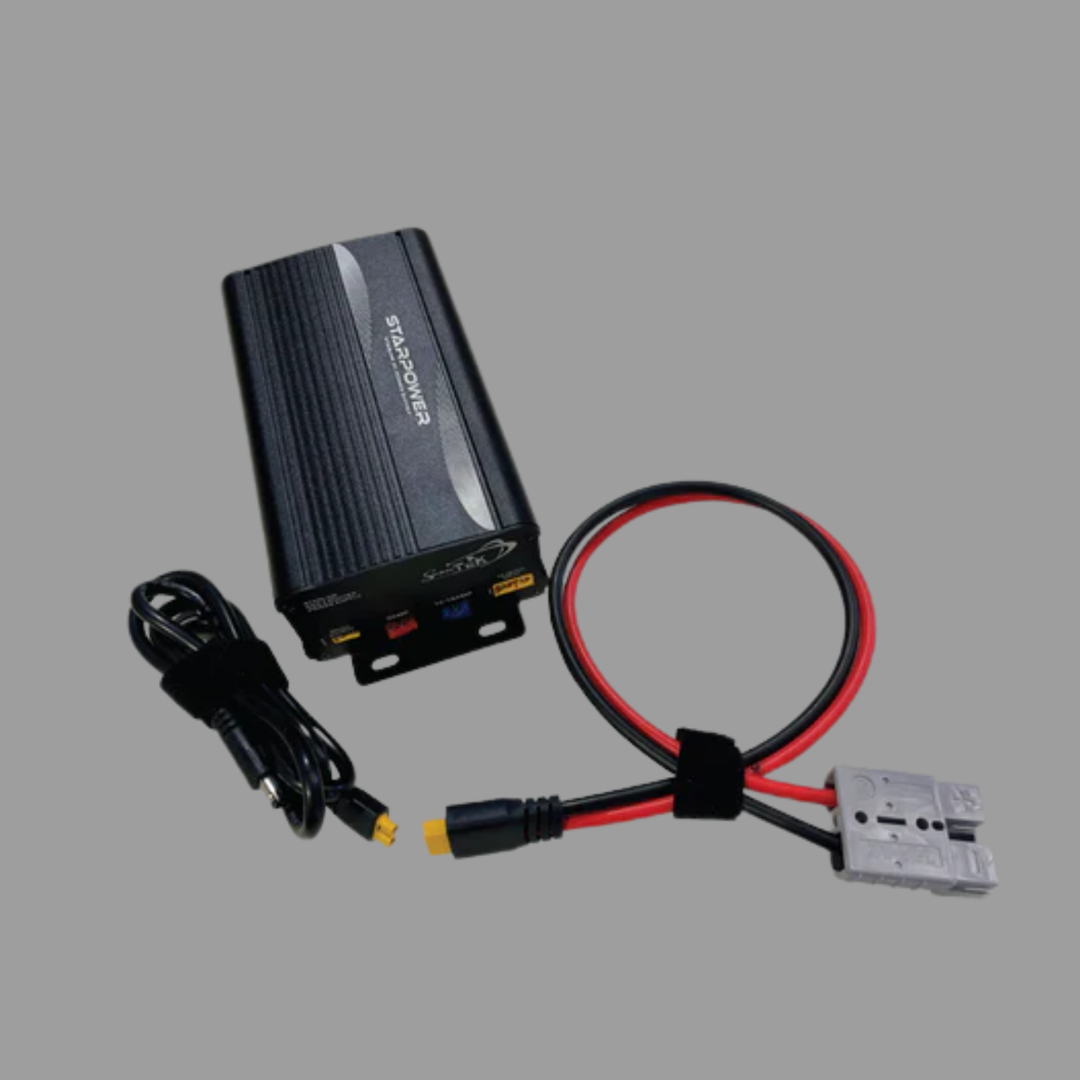Evaluating Starlink's Value in Australia
Deciding whether is Starlink worth it in Australia depends significantly on your location and existing internet options. For those in remote or regional areas with limited connectivity, Starlink can be a transformative solution. However, for users in urban centres with access to reliable National Broadband Network (NBN) services, the investment may not offer the same value.
Here is a quick overview of when Starlink is typically worth the investment in Australia:
-
Starlink is highly valuable if you:
- Reside in a rural or remote area with poor or no access to NBN Fibre, Fixed Wireless, or reliable ADSL.
- Experience poor speeds or high latency with NBN Sky Muster satellite internet.
- Require low-latency internet for activities like online gaming, video calls, or cloud-based business operations.
- Need a robust and reliable internet connection for a rural business or remote work.
-
Starlink is likely not worth it if you:
- Have access to fast and stable NBN Fibre, Fixed Wireless, or 5G Home Internet.
- Are looking for the cheapest internet plan, as Starlink's costs are generally higher than many NBN alternatives.
- Cannot ensure a clear line of sight to the sky, as obstructions can cause service dropouts.
Starlink, SpaceX’s satellite internet service, has become a significant player in Australia’s internet landscape, particularly for communities and businesses underserved by traditional broadband. This guide will analyse Starlink’s performance, costs, and practical considerations to help you determine its suitability for your needs.
As an Australian company dedicated to making satellite internet more accessible and reliable, SpaceTek provides expert insights into whether is Starlink worth it in Australia. Our experience in remote communications allows us to offer guidance based on real-world conditions and practical solutions.
Is Starlink Worth It in Australia? Performance and Cost Explained
Starlink Speeds and Reliability in Australian Conditions
Starlink operates a constellation of low-Earth orbit (LEO) satellites, positioned roughly 65 times closer to Earth than traditional geostationary craft. This proximity is critical for delivering high-speed internet with markedly lower latency.
In Australia, Starlink provides download speeds ranging from 25 Mbps to 270 Mbps, with most users consistently achieving above 100 Mbps. Upload speeds usually sit between 5 Mbps and 25 Mbps. The Australian Competition and Consumer Commission (ACCC) reports average download speeds of about 192 Mbps, tapering to roughly 165.5 Mbps during peak evening hours. Upload averages remain steady at around 28.6 Mbps. The ACCC's Measuring Broadband Australia programme corroborates these findings.
Latency is where Starlink excels over older satellite technologies. Its LEO orbit cuts latency to between 25 ms and 60 ms. The ACCC observes an average latency of 29.8 milliseconds, a dramatic improvement on NBN Sky Muster's 664.9 milliseconds. This low latency is essential for real-time applications such as online gaming, high-definition video calls and cloud-based business software.
Performance can vary. Network congestion in densely populated areas may reduce speeds. Severe weather—particularly heavy rain—can cause brief slow-downs, and ambient temperatures above 45 °C may prompt the dish to throttle to prevent overheating. Obstructions such as trees or nearby buildings are the primary cause of signal degradation and drop-outs, so a clear line of sight remains vital.
For many "Starlink for Remote Communities" initiatives, the service represents a step-change in digital inclusion. Our SpaceTek accessories are engineered to keep those connections stable, offering rugged mounts that ensure an unobstructed view of the sky. Learn more in our guide on Starlink for Remote Australia.
Analysing the Full Cost: Hardware, Plans, and Essential Accessories
Evaluating whether is Starlink worth it in Australia requires a clear picture of the entire financial commitment. Costs fall into three broad categories: upfront hardware, ongoing monthly plans and any professional installation or power-management expenses.
Residential plans start at A$139 per month, with a one-off hardware payment of A$599 plus delivery. Business plans begin at A$108 per month with hardware close to A$2,750. Specialist plans—such as portable (RV) or maritime—sit at higher price points.
For a permanent installation that can withstand Australia's harsh conditions, a purpose-built mounting solution is essential. Depending on dish placement, longer cables, professional fitting (A$300–A$800), an uninterruptible power supply (UPS) or an off-grid solar array may also be necessary. Surge protection is prudent in areas prone to lightning.
These additional items are essential for achieving consistent performance—particularly for "Starlink in Australia" use cases beyond urban areas. For a detailed cost breakdown see our guide on Starlink Australia Price.
At SpaceTek, we manufacture high-grade, rust-resistant accessories that maximise your investment and safeguard performance over the long term. According to the Australian Bureau of Meteorology, Australia experiences some of the world's most extreme weather conditions, making robust mounting solutions essential for reliable satellite internet performance.
One flagship product is the SpaceTek Heavy Duty Starlink Pipe Adapter. Crafted from corrosion-resistant Australian steel, it integrates seamlessly with a wide range of poles, secures the dish against high winds and minimises movement that could impair signal quality.
Is Starlink Worth It for Rural Homes and Businesses?
For rural premises, Starlink is often transformative. Where NBN Sky Muster struggles with latency between 600 ms and 800 ms and speeds limited to 25/5 Mbps, Starlink typically delivers 25–220 Mbps down and latency around 20–40 ms. This uplift enables real-time EFTPOS, cloud applications and VoIP calls that were previously impractical.
Remote cattle stations can implement modern farm-management software, tourism operators can provide reliable guest Wi-Fi and mobile traders can process card payments anywhere. These are hallmark examples of "Starlink for Remote Communities" delivering economic and social benefits.
In metropolitan areas, however, fibre-optic NBN or 5G often remains the faster and more cost-effective option. For those without viable fixed-line or robust fixed-wireless alternatives, Starlink shines.
Our SpaceTek range supports this shift. Rugged mounts and accessories are built to withstand coastal salt, desert dust and cyclone-grade winds. Explore specific use-cases in Is Starlink Worth It for Australian Rural Businesses?.
Installation and Power: Practical Considerations for Australians
Proper installation centres on three points: placement, cabling and power. Use the Starlink app's obstruction checker to confirm a 100 ° cone of clear sky. For permanent settings—especially on rural sheds or homesteads—secure, engineered mounts are recommended.
- Select a location with zero obstructions.
- Fit a purpose-built SpaceTek mount to roof, eave or pole.
- Run the supplied cable or a SpaceTek-approved extension, protecting it from UV and pests.
- Connect to the router indoors, keeping the cable away from sharp bends.
- Power the system via mains, UPS or a correctly sized DC-to-AC inverter when off-grid.
A standard dish draws roughly 50–100 W. Aftermarket 12 V conversion kits can lower draw, and the built-in Sleep mode reduces use outside business hours.
Our SpaceTek Starlink Eave Mount lifts the dish securely using existing roof structures, maintaining aesthetics while delivering an unobstructed view. Made from marine-grade materials, it endures extreme winds and heat.
For more detail, review our step-by-step guide: How to Set Up Starlink in Australia: Step-by-Step for First-Timers.
Reliable Internet Starts with the Right Accessories
In conclusion, whether is Starlink worth it in Australia depends on your location and internet needs. For rural and remote Australia, Starlink is a transformative technology, offering high-speed, low-latency internet where traditional options are inadequate. It empowers businesses, enables remote work and education, and improves quality of life. While the costs are higher than some urban NBN plans, the value for underserved regions is substantial.
However, realising Starlink's full potential requires a professional and secure installation. The quality of your setup directly impacts the performance and reliability of your connection. SpaceTek Australia understands the challenges of the Australian environment, from extreme heat to high winds. Our custom-engineered Starlink mounting kits and accessories are designed to meet these demands.
Our Australian-made accessories use premium, rust-resistant materials to ensure your dish remains secure for optimal signal reception in any weather. Investing in a robust mounting solution protects your hardware and maximises its performance, ensuring consistent speeds and minimal interruptions.
We are dedicated to helping Australians achieve reliable, high-performance internet. Explore our range of essential Starlink accessories built for Australian conditions to see how our products can improve your experience. For enquiries or support, please contact SpaceTek Australia.




Leave a comment
This site is protected by hCaptcha and the hCaptcha Privacy Policy and Terms of Service apply.